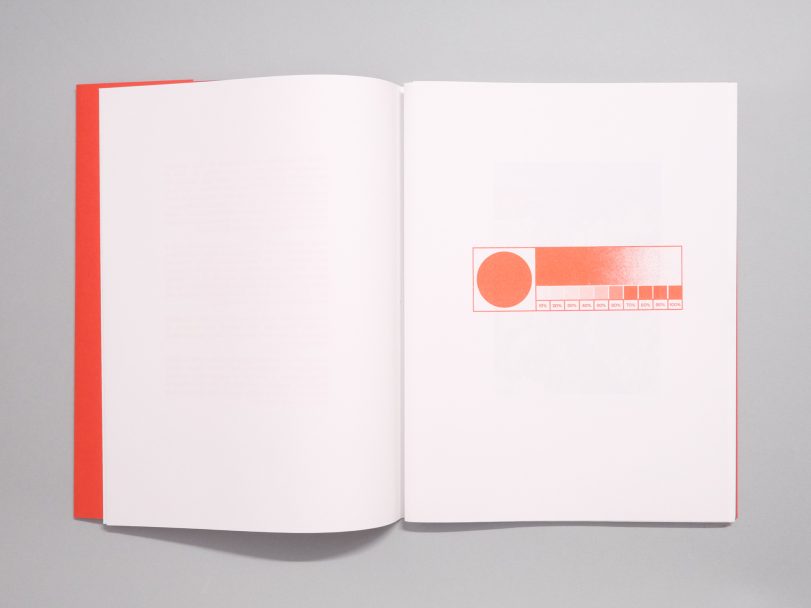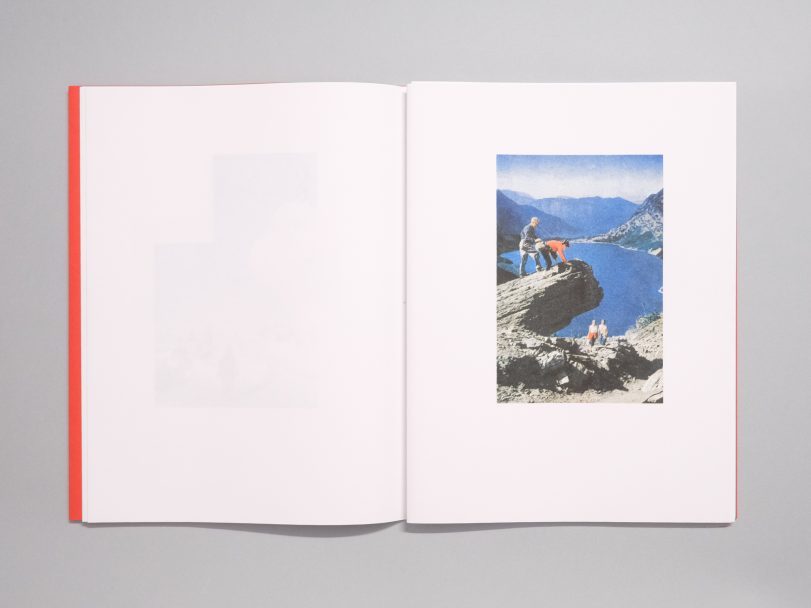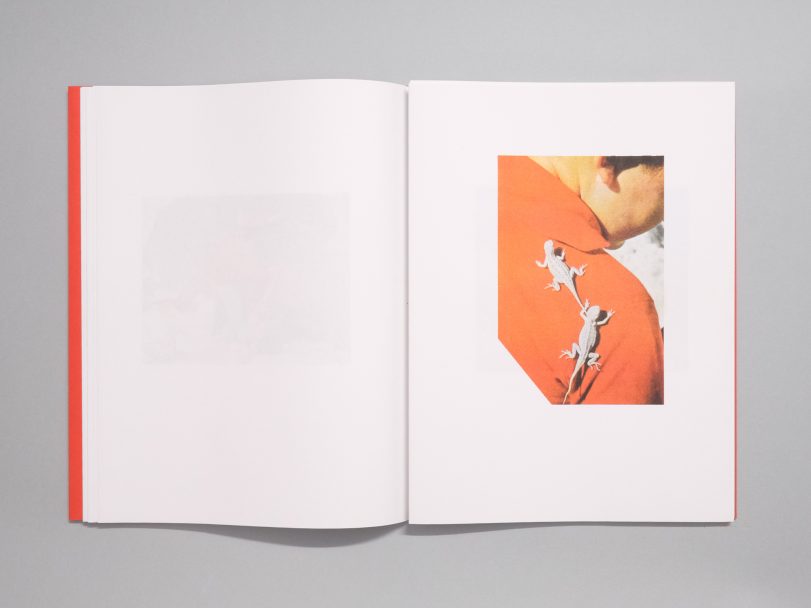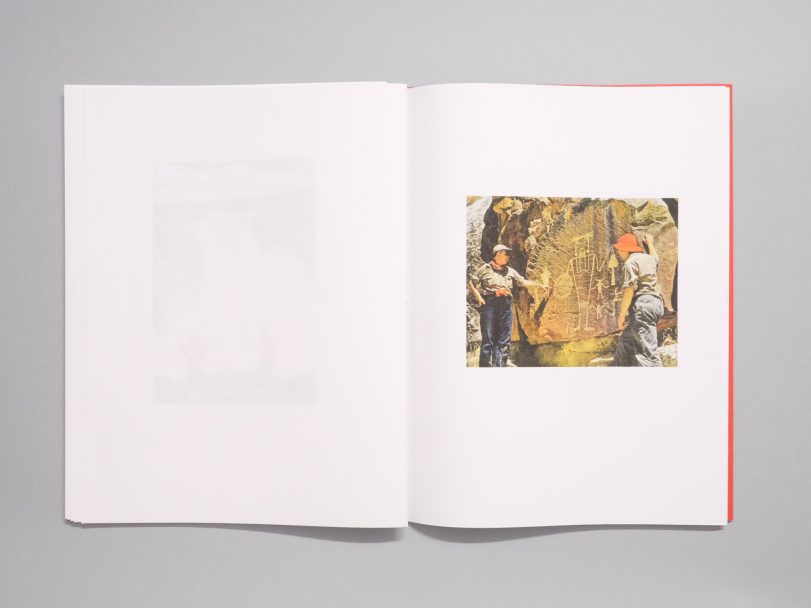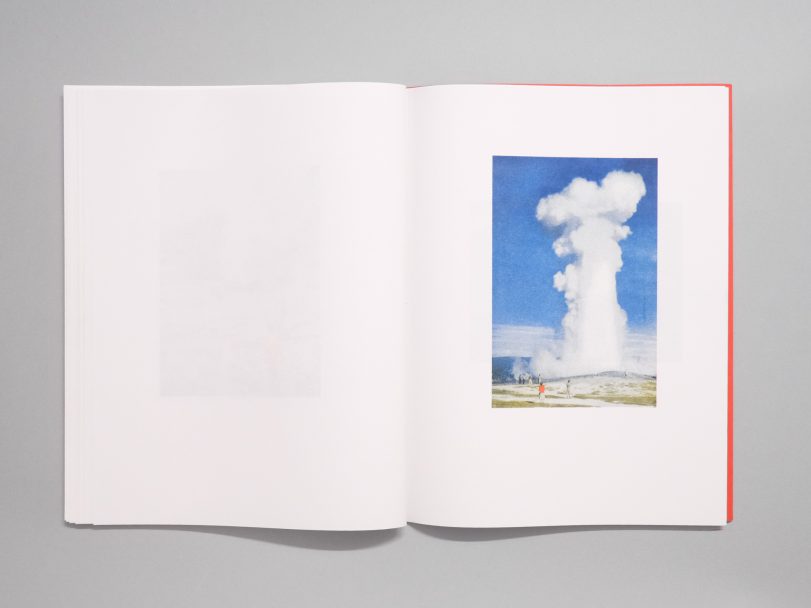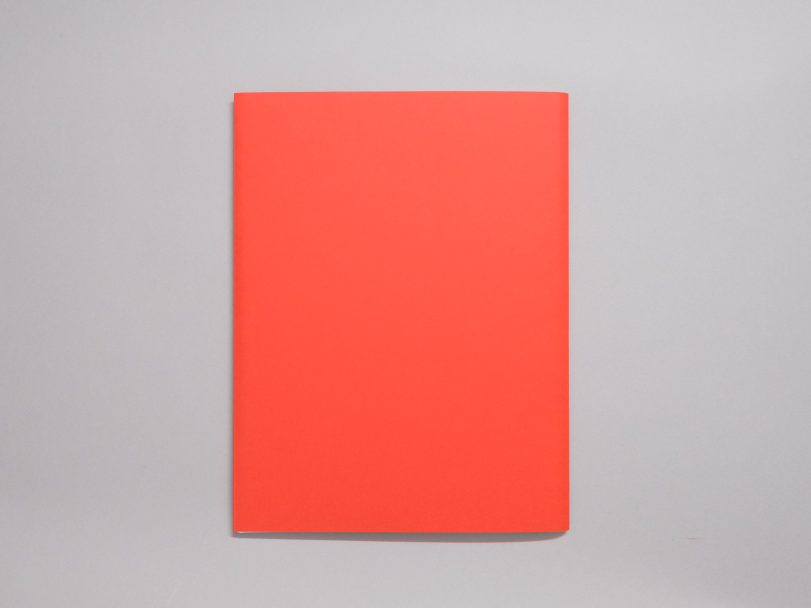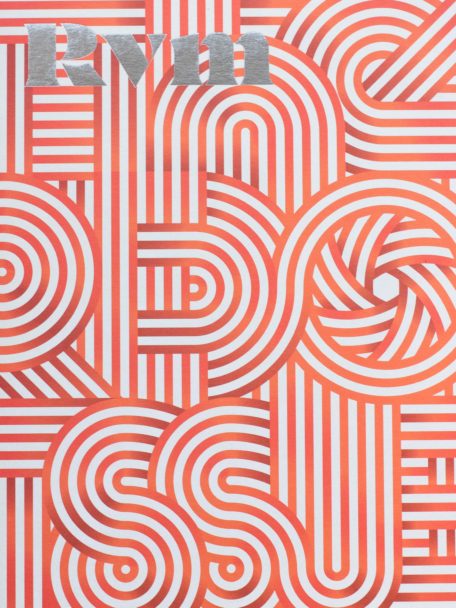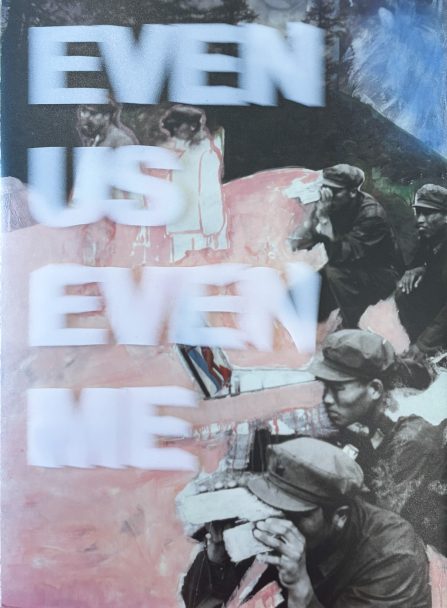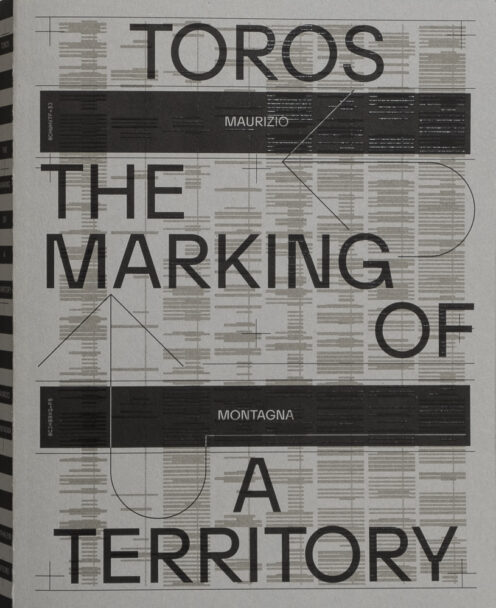
Max Pinckers, COLOUR THEORY, 2025
65 Euro
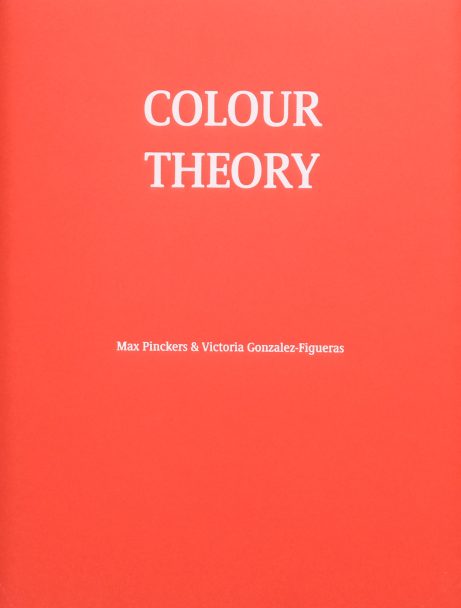
2 in stock
What if National Geographic photographers occasionally brought red clothing with them on assignment to put on their subjects, in order to make ‘better pictures’ on Kodachrome film?
When Kodachrome was introduced in 1936, National Geographic photographers were among the first to embrace the new colour film, which was admired for its exceptionally vibrant red. This eventually led to an exaggerated worship of colour that culminated in what became known as “The Red Shirt School of Photography”: a rumour that photographers deliberately dressed people in red clothing to create stronger compositions, especially within the tradition of landscape photography.
People wearing red are often seen looking out over a vast landscape from a mountaintop ridge or balcony, a pose described as the ‘monarch-of-all-I-survey’. Time and again, the magazine featured white explorers, scientists, photographers and travellers perched out over distant landscapes, implying dominance and ownership over the land. The observer glorifies it as something beautiful, rich in resources and therefore ‘worth taking’.
Translating this colour theory into four-colour risograph printing emphasises the layering and blending of different colours in an attempt to attain that cherished Kodachrome red.
In a speculative game about the extent to which photographers manipulated their scenes, ‘Colour Theory’ brings together a selection of images from National Geographic magazines between 1936 and 2009—the lifespan of Kodachrome film—in which people could, perhaps, have been directed to wear red.
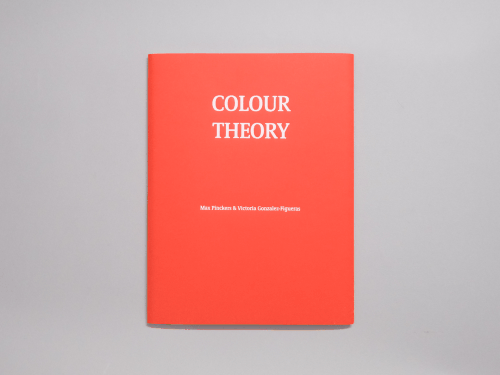
COLOUR THEORY, Max Pinckers
Self-published by Max Pinckers & Victoria Gonzalez-Figueras, Brussels
Softcover, 25 x 33 cm, 88 pages.
Printed in four colors using the risograph technique by Sébastien Girard and Max Pinckers, Toulouse.
Typography by Rudy Latoir.
Produced by De Bedoeling vzw, Brussels.
Limited edition of 300 copies, signed, stamped, and dated.


